Graffiti; Art or vandalism? A large area – many streets, bridges, car parks, stations – around Brick Lane in London are covered by ever changing Street Art: seen by some as the world’s largest open air art gallery. Walking around I see messages of love and loss; peace and hate; collages of advertising signs and local event signs; artistic chaos in the chaos of railings, crumbling walls and structures; political messages; philosophy and jokes. It’s all here – a city alive with emotion and the freedom to express itself in a mostly constructive or entertaining way. Even vandalism counts as an expression of frustration and helplessness.
The featured image shows (inter alia) two young lovers (?). Text on the steps reads “I miss her”, “you should call her”.
Bunhill Fields
A graveyard for the rich and famous (including John Bunyan, Daniel Defoe, William Blake and Thomas Bayes) close to Old Street tube station and opposite Wesley’s Chapel, offers peace and tranquillity in the heart of London. Now a wildlife conservation area, and one third of the area being an open park, the route through the graveyard offers a break from the noise of the traffic on the main road and a shortcut giving a moment of calm between the commute and work. The many benches and the park are sometimes a place to have lunch, take the dog for a walk, sit and read or work, or just sit and enjoy the clean air and quiet under the Platinus trees.
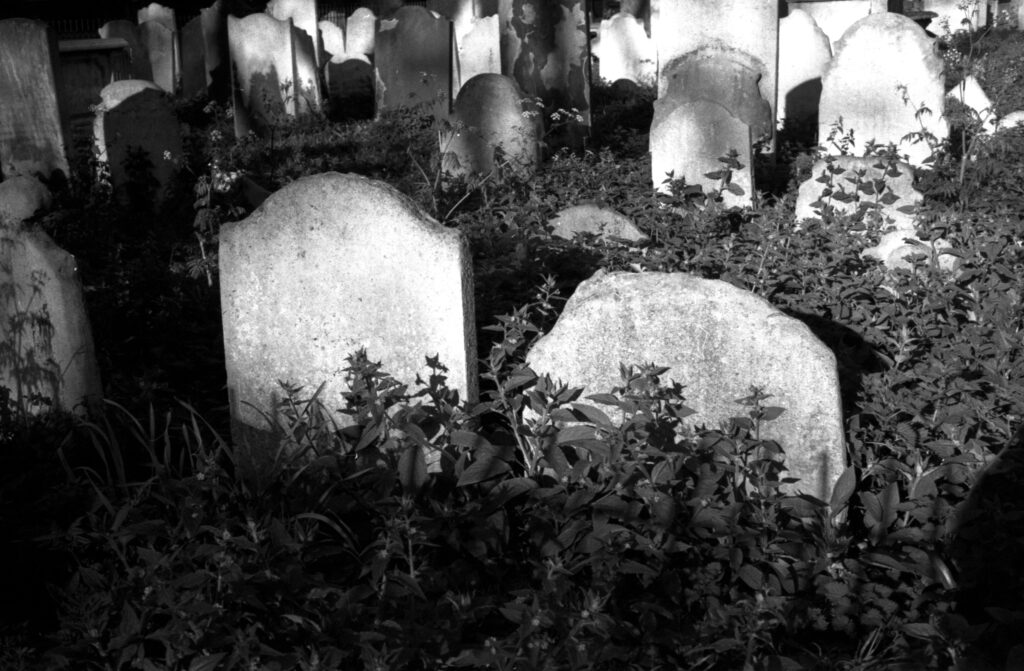
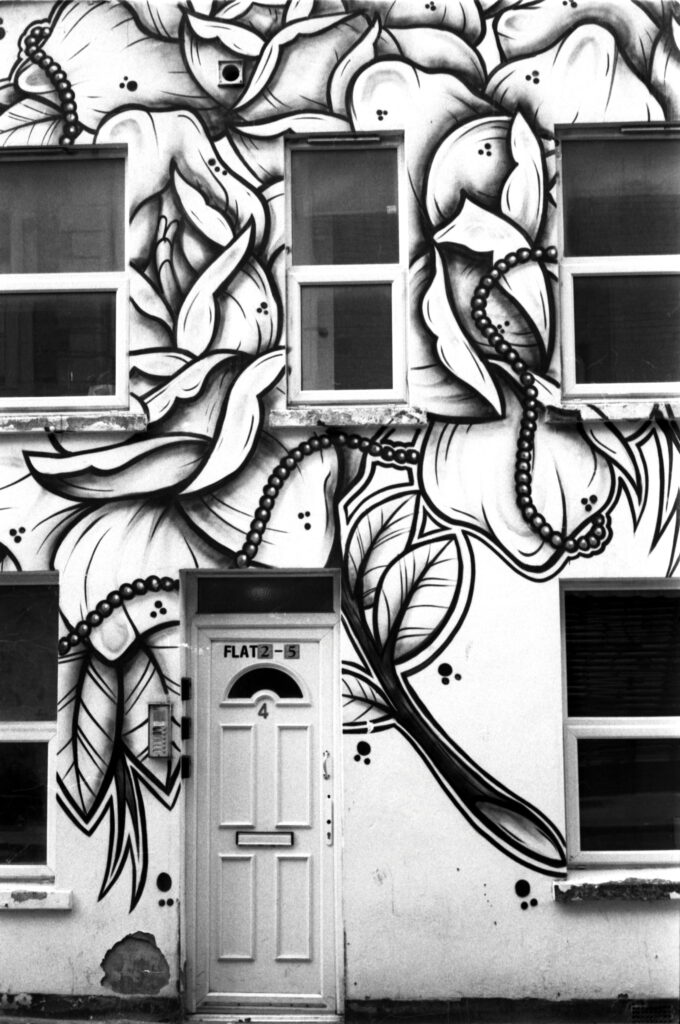
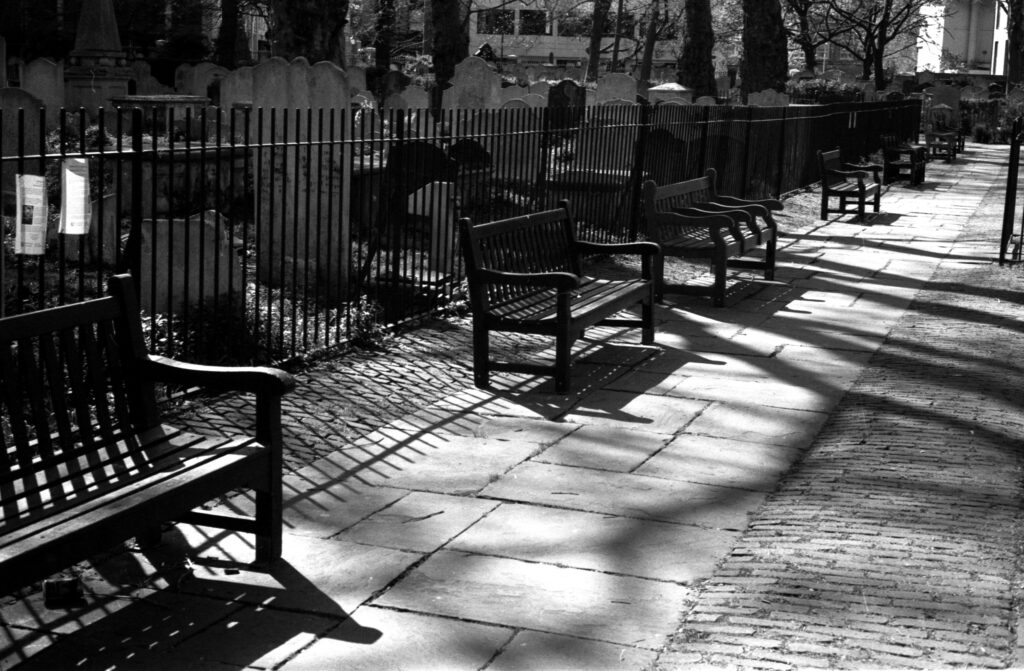
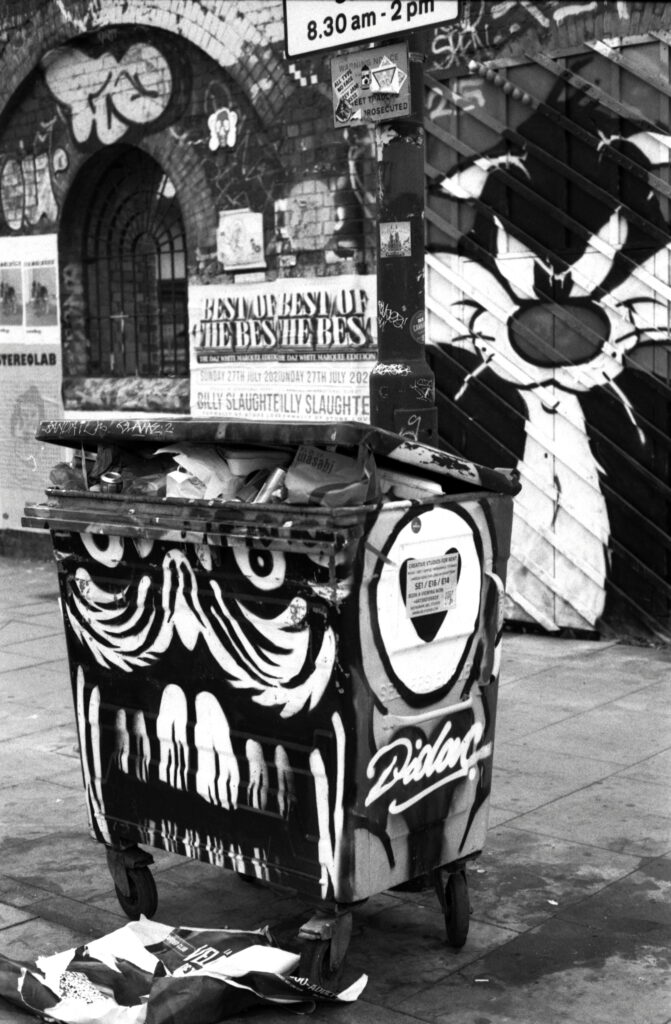
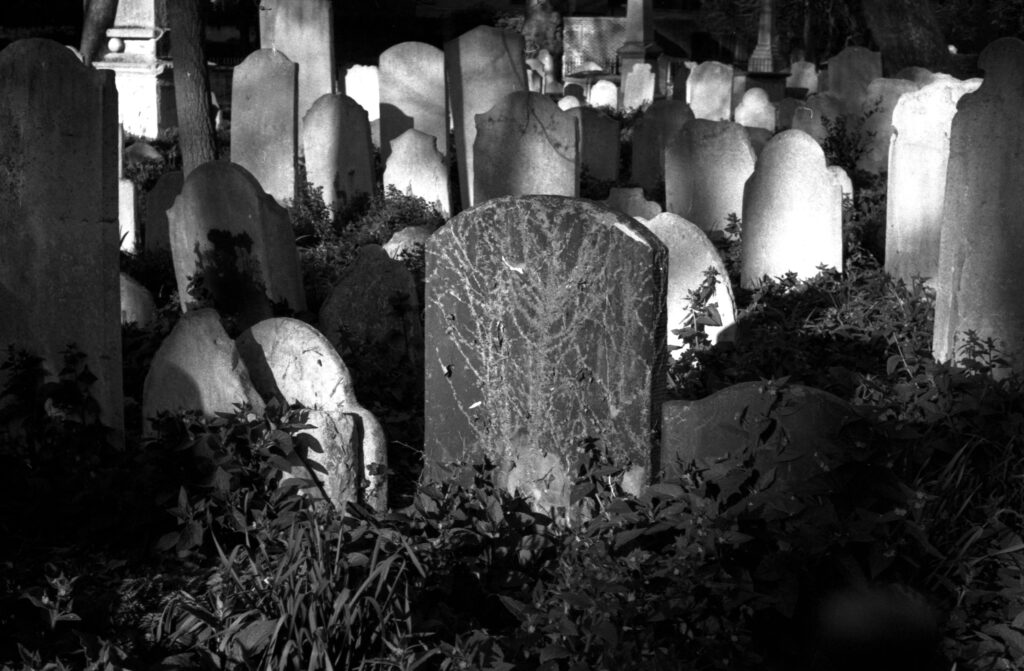
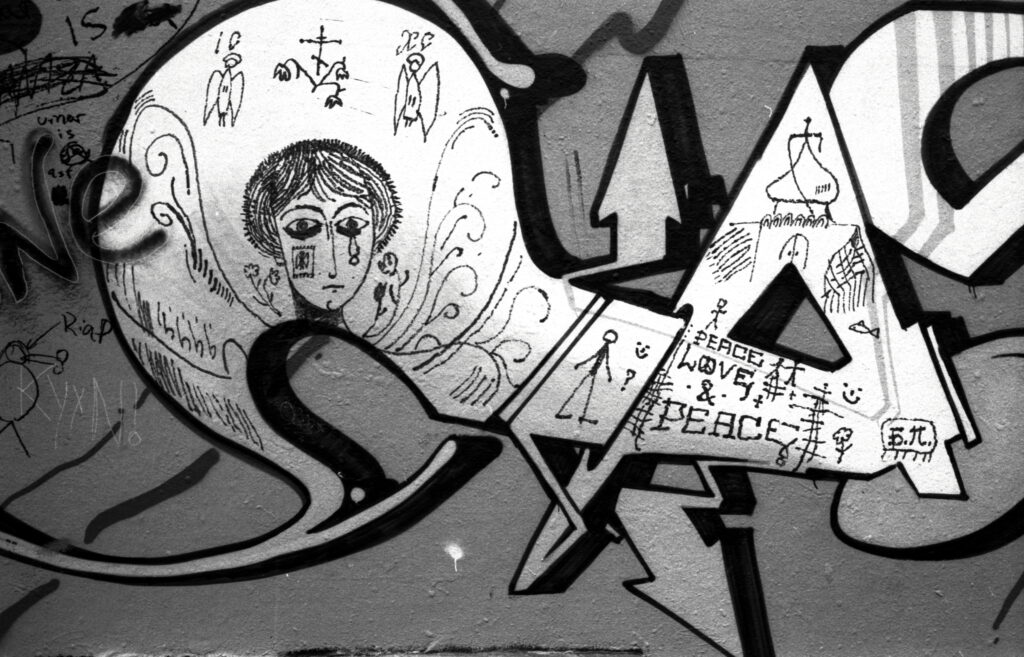
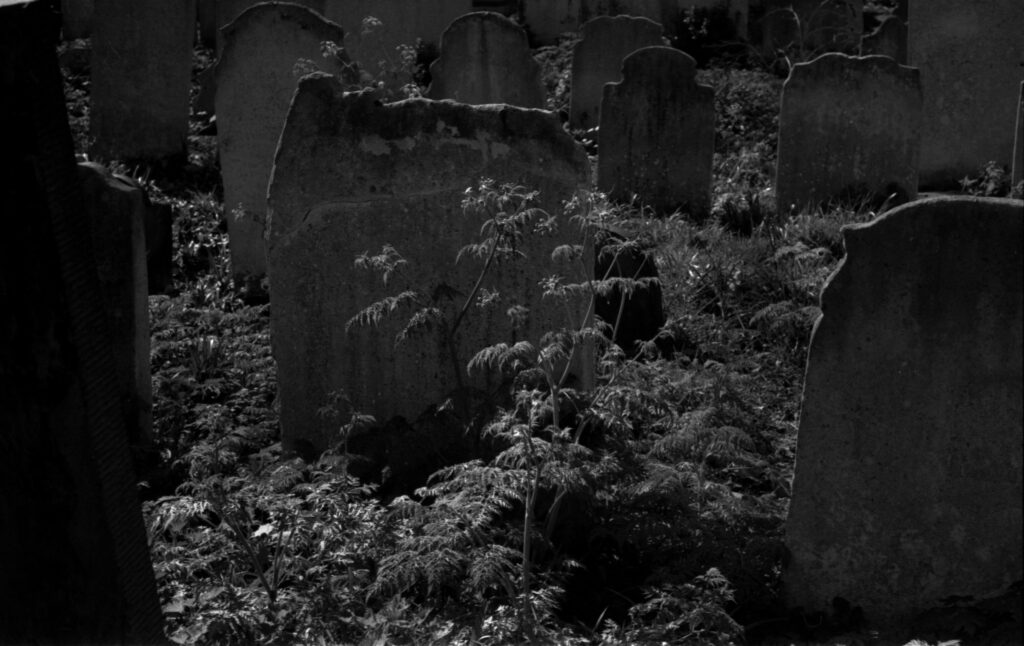
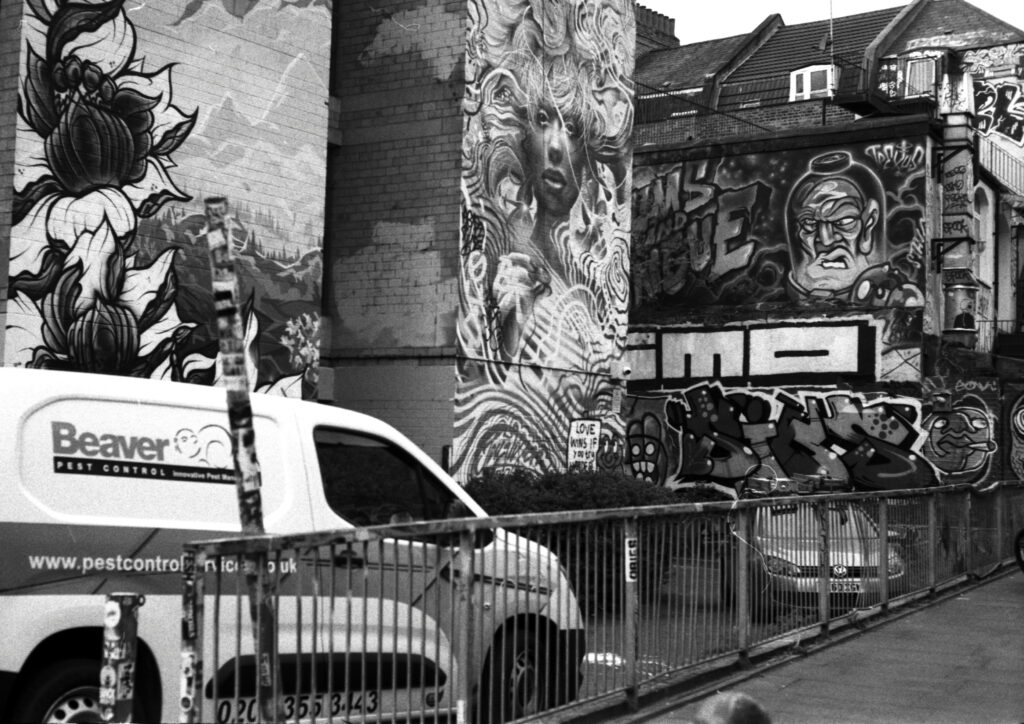
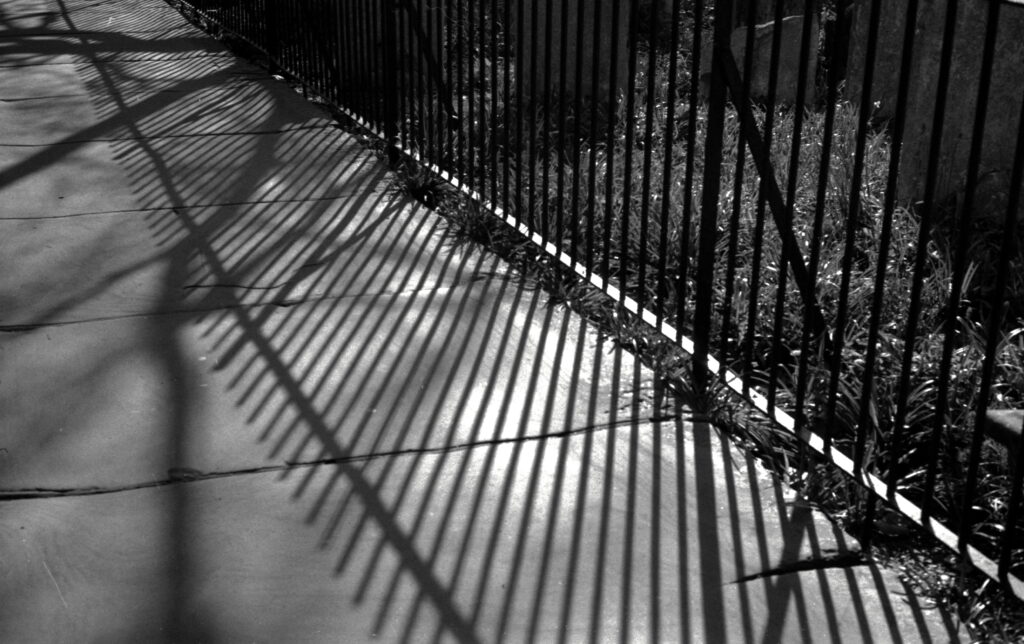
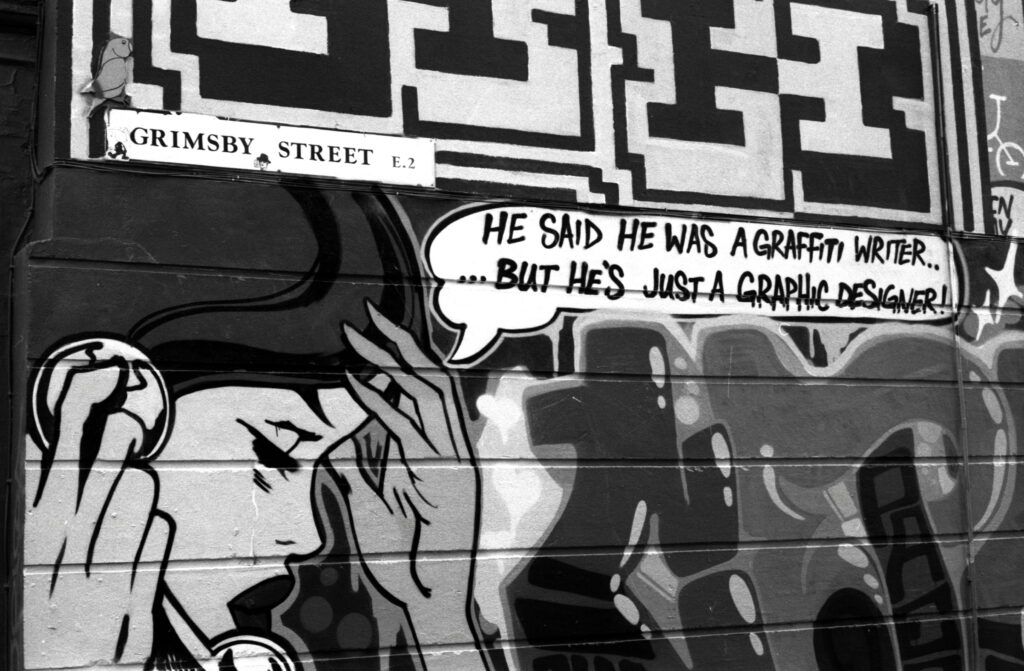
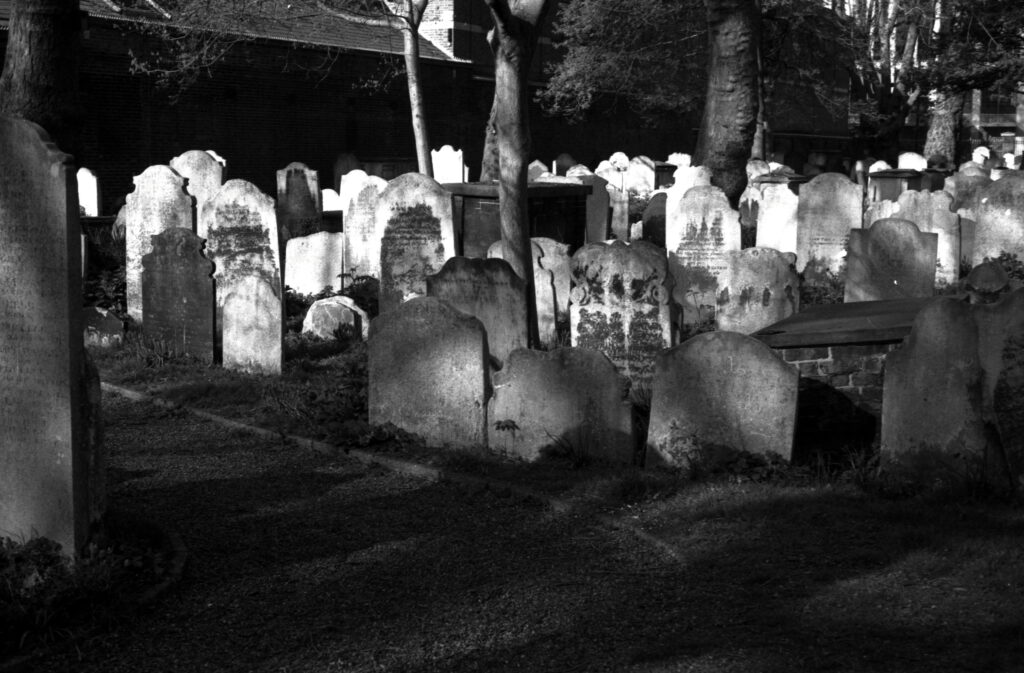
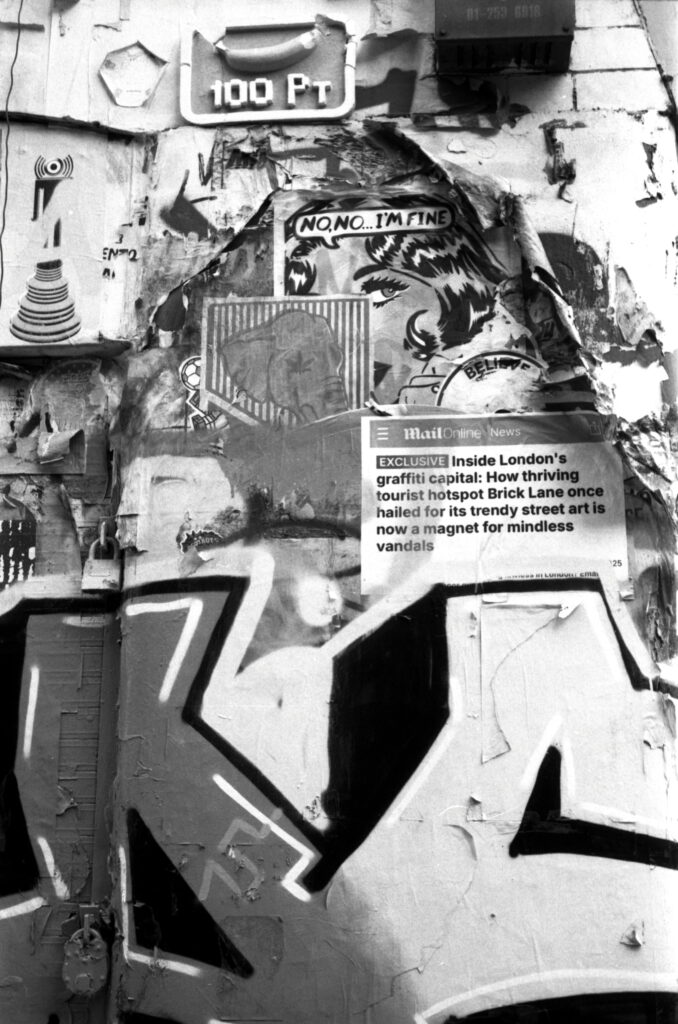
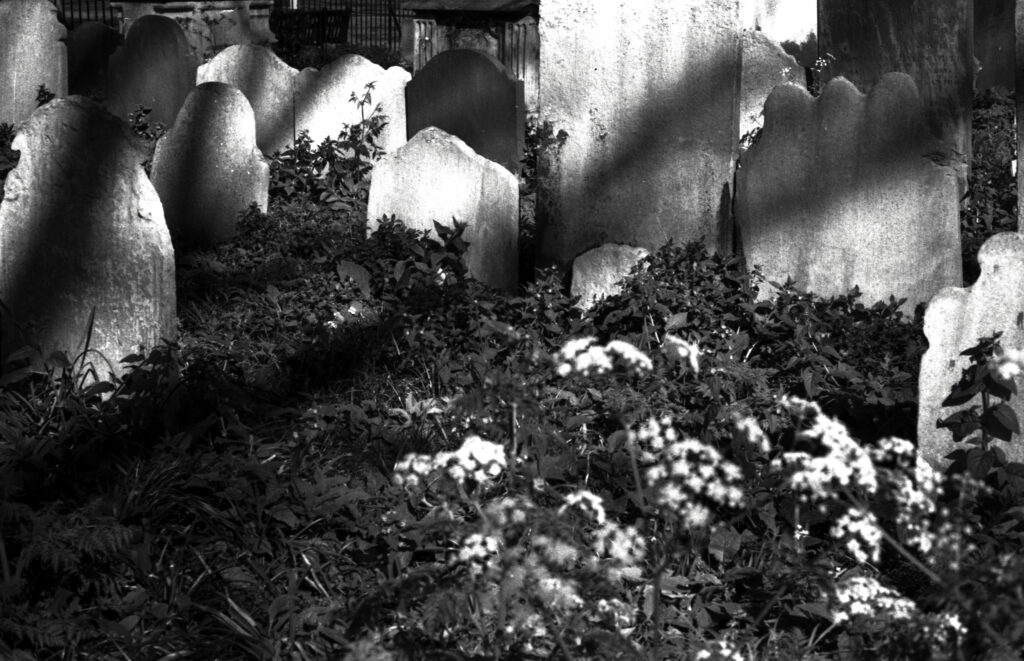
The Film
Simon King wrote a review of “type 517” film on 24 Sep 2024 but everyone has been saying it was too cheap at £2.99 a roll so guess what? Now (in batches of 10) £3.49 – partly resulting form a change to improved film canisters. A video review by Matt Osborne gives more background. Also as I submit this article a review by Nik Stanbridge has appeared. In brief the film is expired FP4+ cine film from the year 2000, cold stored, bought and spooled into metal canisters by Analogue Cameras – so this film is 25 years old.
The only comments I would add to Simon’s review are that I got 37 frames per roll but on 4 of the 6 rolls I shot so far the last 4 frames were ruined by near identical light leaks (see the image below), obviously from when the film was loaded from bulk reels into the canisters. Nevertheless the film remains very cheap and effective. It is also a testament to the robustness of low to medium speed film if correctly stored. In an e-mail from Daniel at Analogue Cameras he points out that the light leaks sometimes appeared with the original canisters, now replaced by canisters from a different supplier, and should no longer appear.
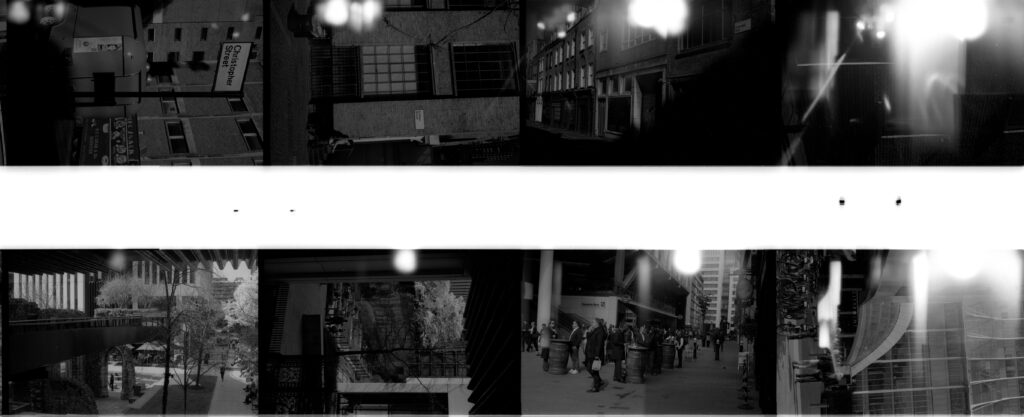
I shot six rolls of film on an M3 with a Zeiss Sonnar 50mm f1.5 lens. Exposure is suggested at 50 to 100 asa and developing times for various chemicals are suggested by Analogue Cameras as a starting point – I had no problems with their recommended times. I developed the first two rolls in Fomadon R09 at 25:1, two more rolls at 50:1 and the final two semi-stand developed at 100:1 (not a listed procedure by Analogue Cameras). The results at 100:1 were just as good based on a quick comparison of the negatives.. Why R09 rather than my usual Rodinal? Simply because that was what was available quickly and easily (from Process Supplies in London – an excellent shop incidentally). In use it is virtually indistinguishable from Rodinal, the only difference to bear in mind is it expires – unlike Rodinal which lasts until the end of time – so take a note of the expiry date on the bottle.
All frames showed a very good range of tones, even deliberately under and over-exposed frames yielding usable images. One point to note is Analogue Cameras warn that lines may appear on the film if under-exposed more than one and a half stops though I didn’t find any.
Images above are from the two rolls shot at 50asa and developed 50:1.
Share this post:
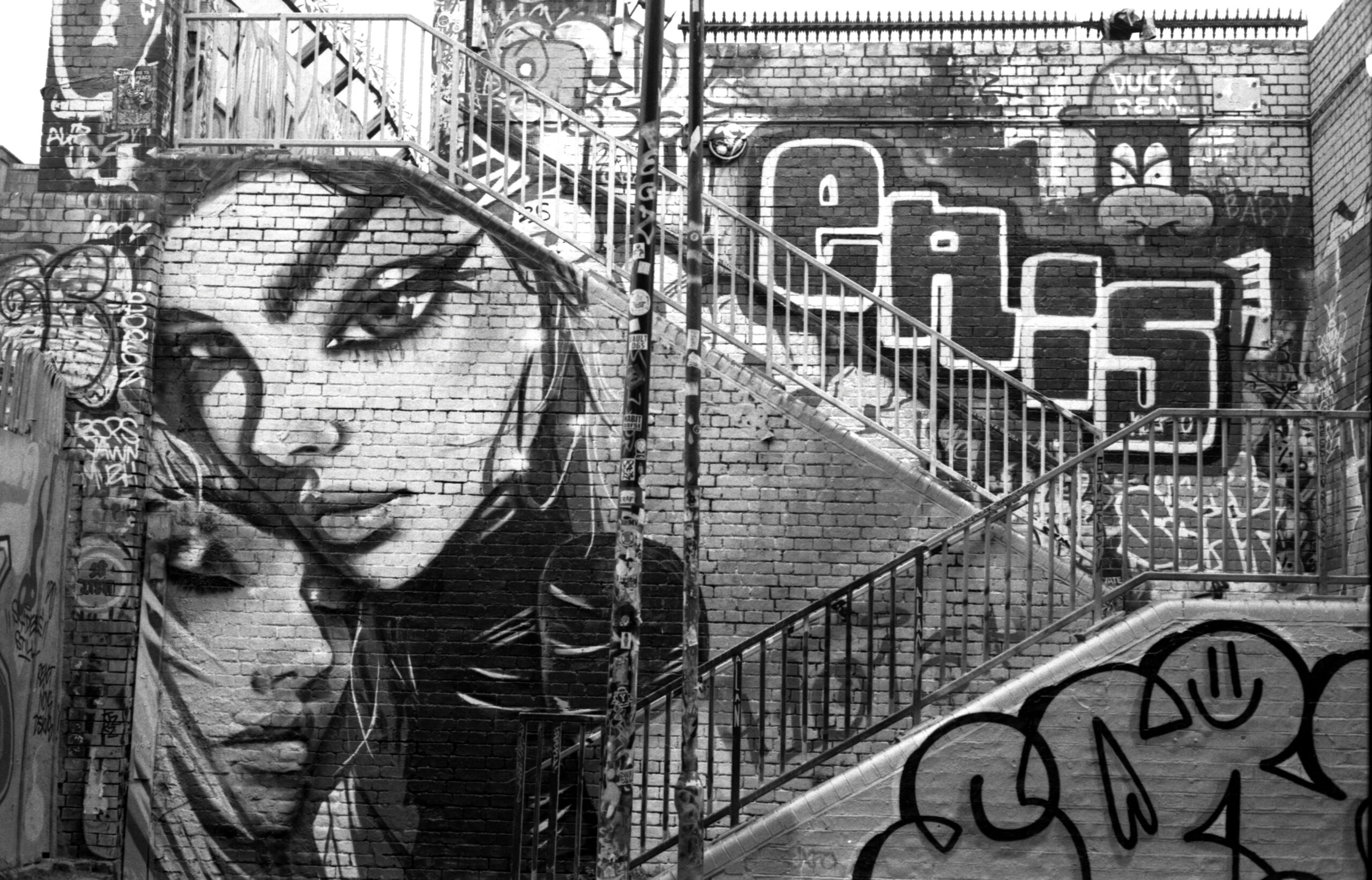



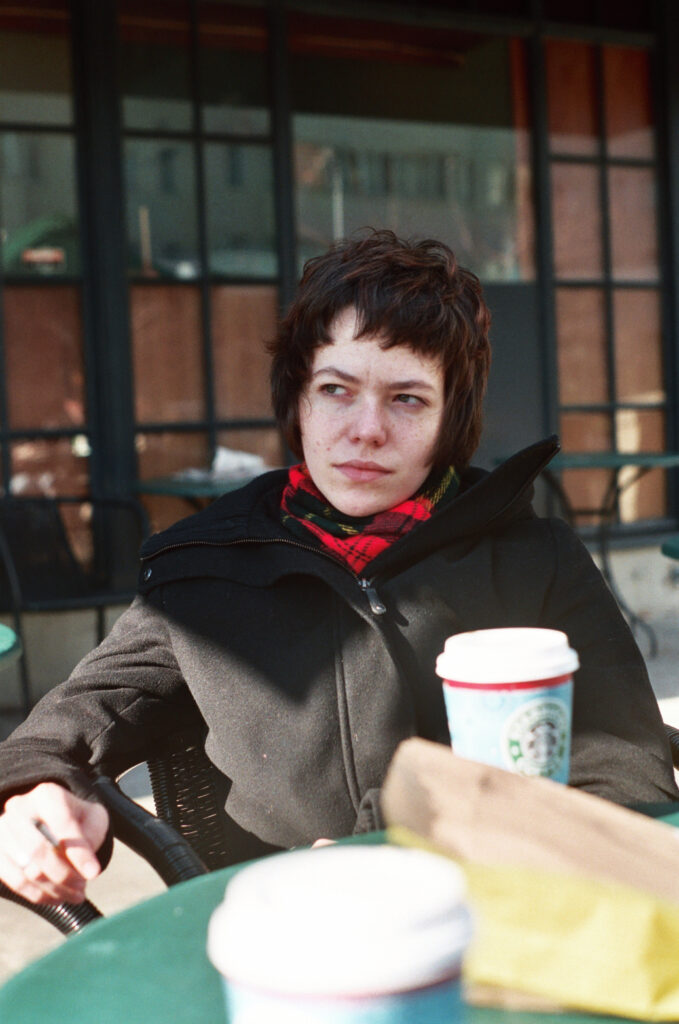




Comments
David James on Type 517 developed in R09 – Life and Death in London
Comment posted: 20/05/2025
Comment posted: 20/05/2025
Ibraar Hussain on Type 517 developed in R09 – Life and Death in London
Comment posted: 20/05/2025
Your photos are fabulous - lovely tones and shadow work - almost like black and white prints from a glossy magazine !
Comment posted: 20/05/2025
Gary Smith on Type 517 developed in R09 – Life and Death in London
Comment posted: 20/05/2025
Great shots Geoff!
Comment posted: 20/05/2025
Alexander Seidler on Type 517 developed in R09 – Life and Death in London
Comment posted: 21/05/2025
Comment posted: 21/05/2025
Tom Sobota on Type 517 developed in R09 – Life and Death in London
Comment posted: 16/06/2025
Comment posted: 16/06/2025